Select an Orthopaedic Specialty and Learn More
Use our specialty filter and search function to find information about specific orthopaedic conditions, treatments, anatomy, and more, quickly and easily.
GET THE HURT! APP FOR FREE INJURY ADVICE IN MINUTES
Shoreline Orthopaedics and the HURT! app have partnered to give you virtual access to a network of orthopaedic specialists, ready to offer guidance for injuries and ongoing bone or joint problems, 24/7/365.
Browse Specialties
-
- Minimally Invasive Surgery (Arthroscopy)
Arthroscopy (Minimally Invasive Surgery)
Arthroscopy is a minimally invasive surgical procedure used by orthopaedic surgeons to visualize, diagnose, and treat problems inside the joint. Because it requires only tiny incisions, arthroscopy can be performed without a major, invasive operation and many procedures can be done on an outpatient basis.
More Info -
- Physical Medicine & Rehabilitation (PM&R)
Fibromyalgia
Fibromyalgia is a condition characterized by widespread pain and tenderness to the touch. Other symptoms commonly associated with fibromyalgia are fatigue, waking unrefreshed, depression, anxiety and memory problems. Numbness and tingling, weakness, urinary frequency, diarrhea and constipation may be present, as well.
More Info -
- Fractures, Sprains & Strains
- Pediatric Injuries
- Sports Medicine
Growth Plate Fractures
A child’s long bones do not grow from the center outward. Instead, growth occurs in the growth plates—areas of developing cartilage located near the ends of long bones. The growth plate regulates growth and helps determine the length and shape of the mature bone. A child’s bones heal faster than an adult’s so it is extremely important for your child’s injured bone to receive proper treatment immediately, before it can begin to heal.
More Info -
- Arthritis
- Hand & Wrist
- Joint Disorders
Hand & Wrist Arthritis
There are many small joints in the hand and wrist that work together to produce the fine motion necessary to perform detailed tasks such as threading a needle or tying a shoelace. When one or more of these joints is affected by arthritis, even simple activities can become difficult. Although there are many types of arthritis, most fall into one of two major categories: osteoarthritis and rheumatoid arthritis, or RA.
More Info -
- Joint Disorders
- Knee
- Pediatric Injuries
- Sports Medicine
Jumper’s Knee
Repetitive contraction of the quadriceps muscles in the thigh can stress the patellar tendon where it attaches to the kneecap, causing inflammation and tissue damage (patellar tendinitis). For a child, this repetitive stress on the tendon can irritate and injure the growth plate, resulting in a condition referred to as Sinding-Larsen-Johansson disease.
More Info -
- Arthritis
- Joint Disorders
- Knee
- Physical Medicine & Rehabilitation (PM&R)
Knee Arthritis
The knee is one of the most commonly involved joints with arthritis. Arthritis is the loss of the normal protective cartilage that covers the bones. When this cartilage or “padding” of the bone breaks down and is lost, areas of raw bone become exposed and grind against each other with standing and walking. This is “bone on bone” arthritis and is usually painful.
More Info -
- Joint Disorders
- Knee
Knee Osteonecrosis
Osteonecrosis, which literally means “bone death,” is a painful condition that develops when a segment of bone loses its blood supply and begins to die. Osteonecrosis of the knee most often occurs in the knobby portion of the thighbone, on the inside of the knee (medial femoral condyle). It may also occur on the outside of the knee (lateral femoral condyle) or on the flat top of the lower leg bone (tibial plateau).
More Info -
- Arthritis
- Elbow
- Joint Disorders
- Sports Medicine
Loose Body in the Elbow
Loose bodies are small fragments of bone or cartilage that have broken off inside a joint. As these fragments float free within the elbow, they can cause pain and even get caught in the moving parts of the joint.
More Info -
- Fractures, Sprains & Strains
- Ligament Disorders
- Muscle Disorders
- Sports Medicine
Sprains & Strains
A sprain is the stretching or tearing of ligaments that connect one bone to another, often caused by a fall or sudden twisting of a joint. A strain can be a simple stretch in a muscle or tendon (the fibrous cords of tissue that attach muscles to bone), or it can be a partial or complete tear in the muscle-tendon combination.
More Info -
- Hand & Wrist
- Joint Disorders
- Minimally Invasive Surgery (Arthroscopy)
Wrist Arthroscopy
Arthroscopy is a minimally invasive surgical procedure used by orthopaedic surgeons to visualize, diagnose and treat problems inside the joint. Your doctor may recommend wrist arthroscopy if you have a painful condition that does not respond to nonsurgical treatments.
More Info

